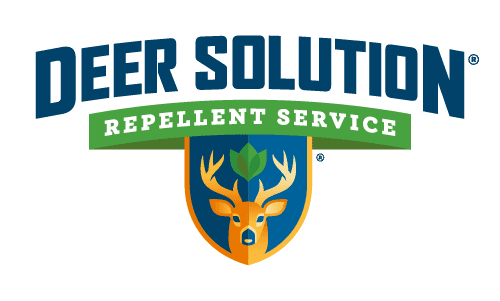Indiana, Grant County is confronting an environmental challenge that is as complex as it is pervasive. The serene landscapes and agricultural richness of the area are under siege, not by a natural disaster or a man-made crisis, but by the very symbol of nature’s elegance: deer.
With their graceful forms and majestic antlers, deer are a sight to behold in the wild. However, their increasing forays into human habitats and agricultural lands are causing significant concern among the local populace.
Deer Antlers and Shrubs: A Silent Battle
The conflict between deer and the local flora, particularly shrubs, is emblematic of the broader issue at hand. Deer, in their quest for food, often target young shoots and leaves, which are vital for the growth and survival of plants. The damage is not just aesthetic; it can lead to long-term developmental issues for the shrubs, affecting their health and, ultimately, their survival.
The residents of Grant County are witnessing firsthand the impact of these encounters, with many seeking solutions to protect their gardens and natural landscapes from becoming the next meal for these roaming creatures.
The Economic Impact: Beyond the Foliage
The implications of deer damage extend far beyond the gardens and into the very backbone of Grant County’s economy: agriculture. Farmers are facing the brunt of this challenge, with deer venturing into crop fields, leading to significant losses.
The economic ramifications of such damage are profound, affecting not only the individual farmers but also the local economy at large. The situation in Grant County is a microcosm of a larger dilemma faced by rural communities across Indiana and the broader Midwest, where deer populations are burgeoning.
Community Response: Seeking Solutions
In response to the growing deer-related challenges, the community in Grant County is rallying together to find viable solutions.
While the issue of deer overpopulation and its impact on local ecosystems is complex, involving various ecological and ethical considerations, the emphasis is on collaborative efforts. These include engaging with wildlife experts, conservationists, and local authorities to develop strategies that can mitigate the impact of deer on both the natural and cultivated landscapes.
Towards a Sustainable Coexistence
The ultimate goal for Grant County is to achieve a sustainable balance where the deer population can coexist with local agricultural and horticultural interests. This involves not only immediate measures to protect vital crops and plants but also long-term strategies that address the root causes of deer overpopulation and habitat encroachment.
The community’s proactive stance reflects a broader commitment to preserving the ecological harmony of the region while safeguarding the interests of its residents.
A Call to Action
The situation in Grant County serves as a poignant reminder of the delicate balance between human activity and wildlife. The rising concern over deer-induced damage is a call to action for comprehensive wildlife management strategies that respect the needs of all stakeholders involved.
As Grant County navigates this green battle, the lessons learned and the solutions developed will undoubtedly contribute to the broader discourse on human-wildlife coexistence.










